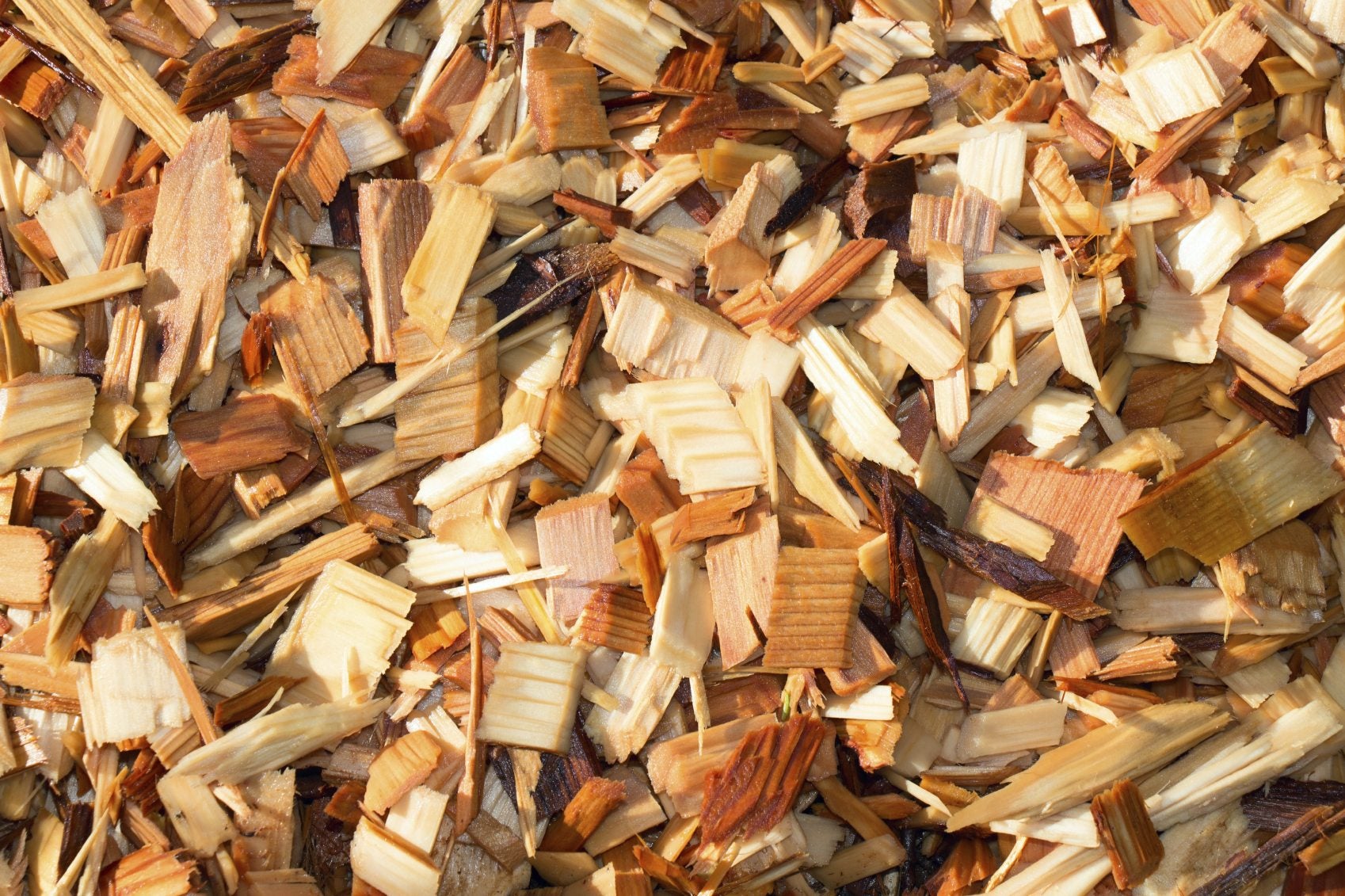Shredded Cedar Mulch – Tips On Using Cedar Mulch In Gardens


Wood is a popular choice for garden mulch, and with its pleasant smell and pest deterrence, using cedar for mulch is especially helpful. Keep reading to learn about cedar mulch problems and cedar mulch benefits.
Can You Use Cedar Mulch in Vegetable Gardens?
With all mulch comes the danger of wind. In areas with very high winds, it may be best not to apply mulch at all. If it’s only a little wind you’re battling, shredded wood mulch resists getting blown away better than chips. That said, cedar sawdust has been shown to negatively affect young plants and should be avoided. The problem with using any woody material as a mulch is that it draws essential nitrogen from the soil as it decomposes. It shouldn’t be much of a problem as long as the mulch stays on the soil’s surface, but once it is mixed into the soil, decomposition speeds up and is spread evenly through the soil. Because of this, cedar mulch problems arise in beds that are tilled regularly, such as vegetable gardens. While using cedar for mulch won’t immediately damage your vegetables, it’s a good idea to restrict it to plants that won’t be tilled every year. This does include some vegetables, like rhubarb and asparagus, which are perennials.
Tips on Using Cedar Mulch in Gardens
Cedar mulch in gardens that contain perennials should be applied to a depth of 2-3 inches (5-7.5 cm.) for vegetables and flowers, and 3-4 inches (7.5-10 cm.) for trees. If you’re laying it down around trees, keep it 6 inches (15 cm.) away from the trunk. While piling mulch up in hills around trees is popular, it’s actually very harmful and can discourage the natural widening of the trunk, making it more likely to be blown down by the wind. For very compacted or clay-heavy soil, apply 3-4 inches (7.5-10 cm.) to help retain moisture.
Sign up for the Gardening Know How newsletter today and receive a free copy of our e-book "How to Grow Delicious Tomatoes".

The only child of a horticulturist and an English teacher, Liz Baessler was destined to become a gardening editor. She has been with Gardening Know how since 2015, and a Senior Editor since 2020. She holds a BA in English from Brandeis University and an MA in English from the University of Geneva, Switzerland. After years of gardening in containers and community garden plots, she finally has a backyard of her own, which she is systematically filling with vegetables and flowers.